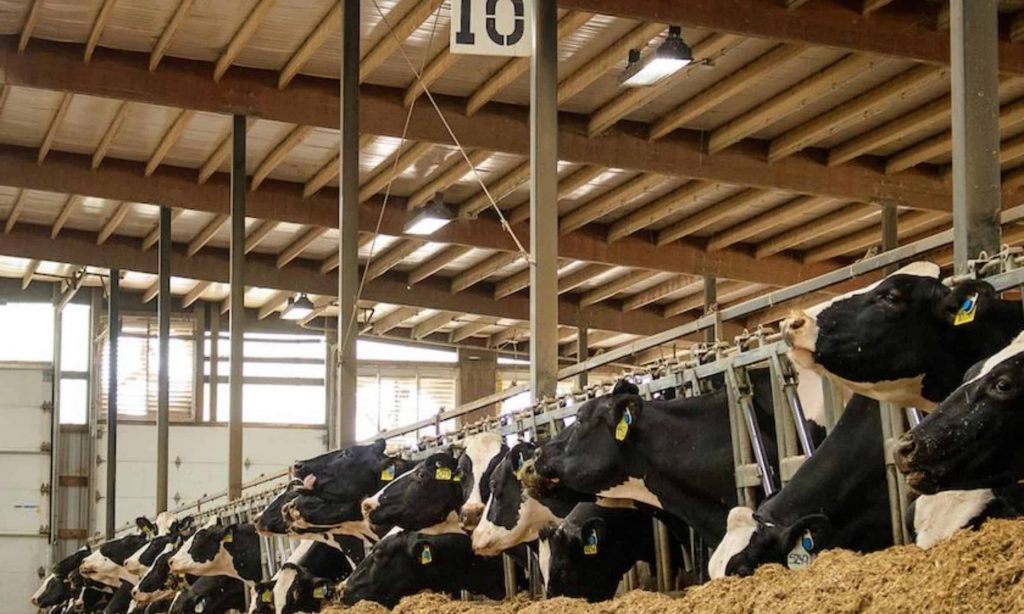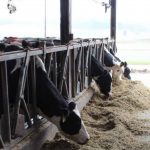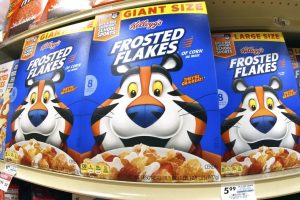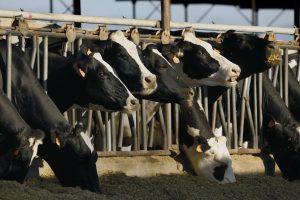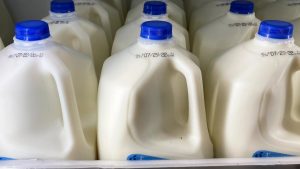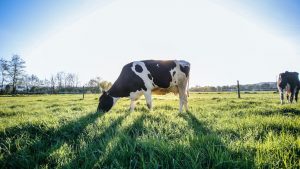Unfortunately, due to all the points that Plourd has outlined, the milk supply must be reduced even more. This means more cows must continue to exit herds to get milk production back in alignment to help improve milk prices.
Sharina Sharp, an analyst with the Daily Dairy report shares that the markets are trying to remind producers to reign in product.
“The markets are all but shouting at dairy producers to rein in milk production, and high beef prices are amplifying the message,” she says.
Phil Plourd, president of Insights with Ever.Ag says that in order to get rid of the surplus of milk in the U.S. a few things must change.
“Simply put, prices have to get low enough to encourage demand, discourage supply, or some combination of both,” Plourd says.
In his opinion, Plourd shares that prices have gotten low enough to discourage supply.
“We’ve seen slaughter numbers jump above the five-year average the past couple of reports and we continue to hear more about farm exits,” he says. “The process is slow, but it’s begun.”
The industry understands all too well that history does repeat itself and knows what goes up, must come down. However, Plourd cautions that the challenge this time around is that demand is not great.
“And, by some accounts, it’s been deteriorating over the past several weeks,” he says. “And not just in the U.S., but elsewhere in the world. Will sub-$1.50 cheese pricing spark additional retail promotional activity and, ostensibly, sales? Sure. But that doesn’t happen overnight.
In addition, some marketers may be wary of getting aggressive on retail prices only to see wholesale prices reverse and go higher. We also hear that some marketers are content to make a little extra margin for a time before looking to drive volume. As far as exports go, our competitors have decent milk supplies, and everyone seems to be chasing a less enthusiastic customer base,” he says.
